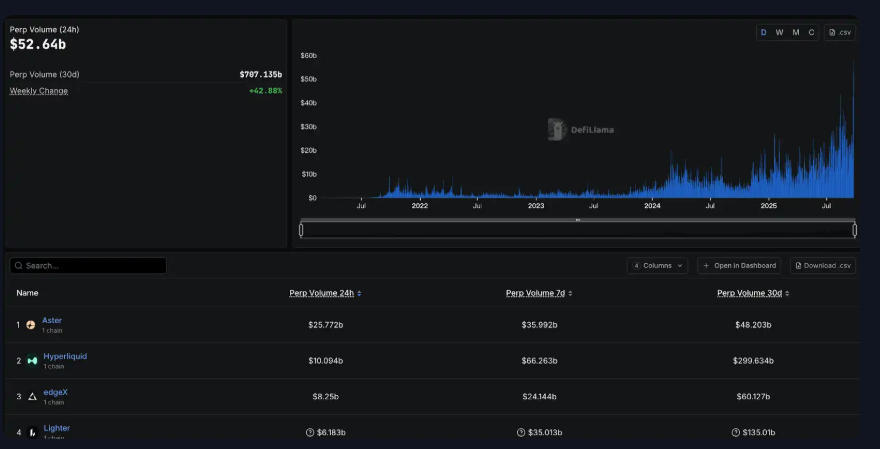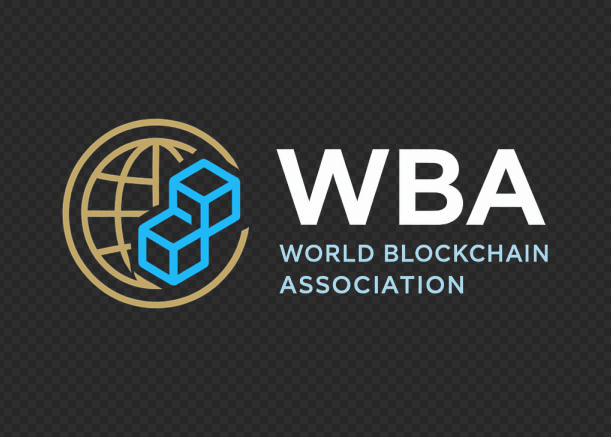
Published by World Blockchain Association | September 9, 2025
The World Blockchain Association (WBA) reports that the current cryptocurrency market is undergoing profound structural shifts that make a repeat of the euphoric “altcoin season” of 2021 unlikely. While Bitcoin and Ethereum continue to establish themselves as institutional-grade assets, the fragmented landscape of altcoins and the changing dynamics of Web3, DeFi, NFT, DAO, Stablecoin, and Tokenization reveal a more selective, barbell-shaped future for investors.
A New Reality for Altcoins
Over the past two years, the central question across the cryptocurrency community has been: Will altcoin season return?
Despite Bitcoin repeatedly achieving new all-time highs and Ethereum showing resilience with a recovery driven by innovative trading models such as “dual-asset tokens,” most altcoins have failed to inspire market enthusiasm. Compared to the 2021 cycle, where broad gains defined the market, today’s conditions reflect fragmentation, capital discipline, and greater emphasis on fundamentals.
According to the World Blockchain Association, the macroeconomic backdrop and structural market conditions that fueled the 2021 surge are no longer in place. While another wave of altcoin opportunities may emerge, they will likely be shorter, more selective, and shaped by divergent investor preferences.
Why 2021 Was Unique
The bull run of 2021 unfolded under extraordinary circumstances.
- Unprecedented liquidity: Central banks worldwide printed trillions in response to the COVID-19 pandemic, suppressing yields across traditional assets and channeling speculative capital into risk-on markets like cryptocurrency.
- Stablecoin explosion: Stablecoin supply grew from $20 billion at the end of 2020 to over $150 billion by the end of 2021, fueling liquidity across DeFi and emerging markets.
- Concentrated narratives: With relatively few DeFi blue-chip projects—such as Uniswap, Aave, Compound, and Maker—and early adoption of NFTs and metaverse concepts, investor attention was tightly focused.
These conditions created fertile ground for a synchronized, months-long rally. However, as WBA points out, “victories of the past cannot be easily replicated in a fundamentally transformed environment.”
The Structural Shifts Since 2021
The World Blockchain Association highlights several key changes in today’s cryptocurrency ecosystem:
1. Oversupply of Tokens
The 2021 wealth effect attracted vast venture capital inflows, accelerating token issuance at inflated valuations. The rise of memecoins and airdrop-driven models further diluted attention and capital. Between 2024–2025 alone, over $200 billion worth of vested tokens are scheduled to unlock, creating significant sell-side pressure.
2. Fragmented Narratives and Attention
Unlike the concise themes of 2021 (“DeFi, NFT, Metaverse”), today’s landscape spans dozens of micro-sectors: restaking, RWA tokenization, zk-rollups, gaming ecosystems, and more. Investor attention is scattered, and liquidity rarely sustains sector-wide rallies for long.
3. Institutionalization of Bitcoin and Ethereum
The entry of institutional products—ETFs and custody-compliant instruments—has channeled liquidity into Bitcoin and Ethereum rather than altcoins. Unlike retail-driven cycles, institutional capital avoids speculative long-tail assets, reinforcing the dominance of blue-chip cryptocurrencies.
4. Lack of Breakthrough Applications
While DeFi and NFTs once introduced new user bases and cultural adoption, recent years have seen fewer applications achieving true mainstream breakthrough. Infrastructure continues to mature, but killer apps remain scarce. Without external user inflows, capital circulates within a zero-sum environment, limiting broad-based rallies.
What the Next Altcoin Cycle Could Look Like
Although the “blind buy” altcoin season of 2021 is history, World Blockchain Association notes that opportunities remain, albeit with greater nuance. The next phase may be characterized by:
✅ Fundamentals-Driven Growth
Projects with proven product-market fit and cash flows—such as Uniswap, Aave, Pendle, Ethena, and Hyperliquid—are expected to attract capital. These projects can deliver steady, if moderate, gains as investors seek predictability.
✅ Beta Plays on Strong Assets
When Ethereum surges, related tokens like UNI, ENS, ETHFI may act as leveraged proxies, amplifying returns albeit with higher volatility.
✅ DeFi Repricing under Institutional Adoption
As Stablecoins scale toward $1 trillion in circulation, inflows into DeFi could reshape valuation models. Instead of focusing solely on TVL (Total Value Locked), institutional investors demand transparent cash flow distribution, governance rights, and risk-adjusted yield.
✅ Localized Ecosystem Booms
Certain chains or ecosystems (e.g., HyperEVM) may experience short-term wealth effects driven by concentrated liquidity, community narratives, and speculative rotations.
✅ Meme Resurgence with Select Leaders
While many memecoins will collapse, leaders with sustainable models (e.g., revenue-based buybacks or DAO-led incentives) could outperform. Projects like pump.fun demonstrate that even meme-driven sectors can evolve into more structured investment theses.
WBA’s Outlook for Investors
The World Blockchain Association concludes that the market is entering a more mature and barbell-shaped structure:
- On one end: Blue-chip DeFi and infrastructure protocols, supported by institutional recognition, sustainable revenues, and network effects.
- On the other: High-risk speculative tokens such as memecoins and short-lived narratives, which provide liquidity and satisfy demand for extreme risk/reward.
- In the middle: Projects with weak differentiation may struggle to secure liquidity and investor attention.
Moreover, traditional finance firms are expected to launch their own regulated, “walled garden” Web3 products, competing directly with decentralized protocols. The competition between DeFi DAOs and institutional blockchains like Tempo (by Paradigm and Stripe) will shape the next 12–24 months.
Conclusion
The golden age of a universal “altcoin season” has ended. Instead, the future of Cryptocurrency, Bitcoin, Ethereum, Web3, DeFi, NFT, DAO, Stablecoin, and Tokenization markets lies in selective growth, institutional integration, and thematic fragmentation.
As the World Blockchain Association emphasizes, investors must adapt:
- Focus on fundamentals and cash flows.
- Recognize the growing influence of institutional capital.
- Accept that risk appetite will polarize toward blue-chip stability and speculative extremes.
The 2021 playbook no longer applies. In today’s evolving digital finance landscape, adaptability is the key to survival.
About the World Blockchain Association
The World Blockchain Association (WBA) is a global organization dedicated to advancing knowledge, policy dialogue, and innovation in blockchain and digital finance. As a leader in the blockchain and cryptocurrency space, the WBA provides stakeholders with trusted insights at the intersection of technology, regulation, and global economic trends through research, reporting, and thought leadership.
🌐 Website: WorldBlockchainAssociation.org
📩 Email: TheWorldBlockchainAssociation@gmail.com







